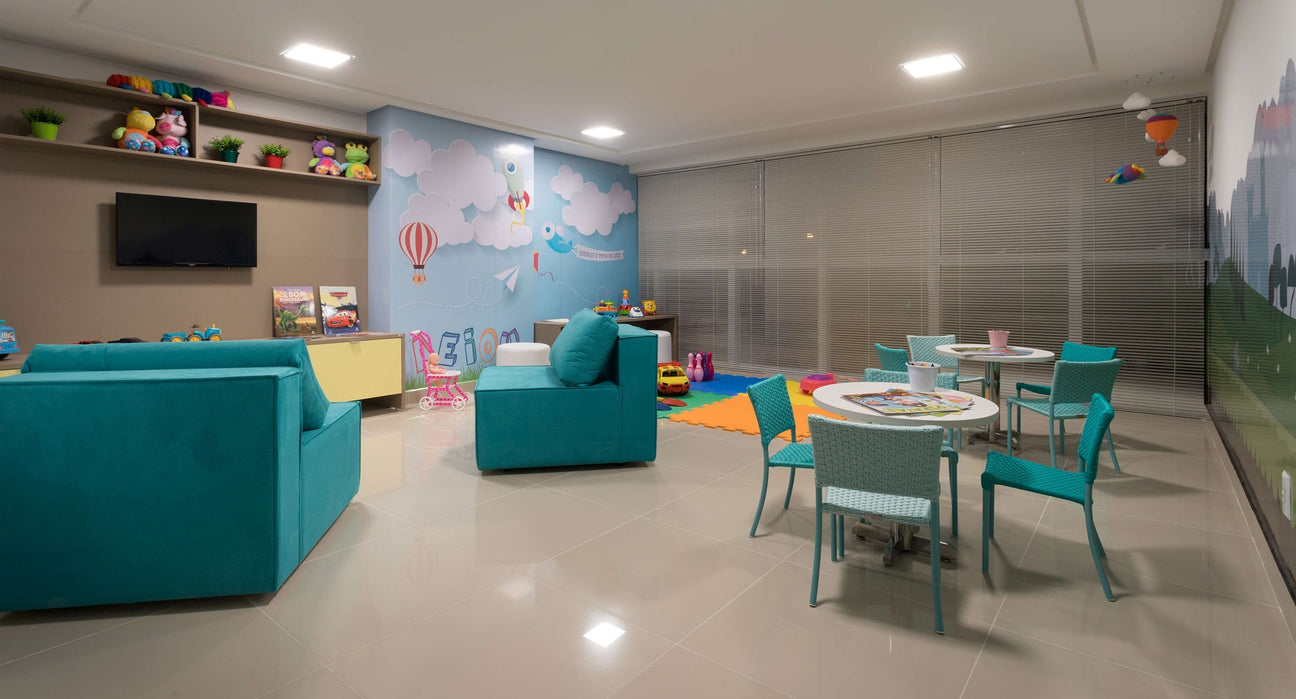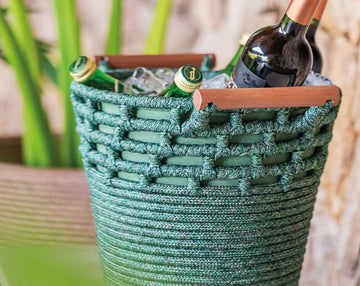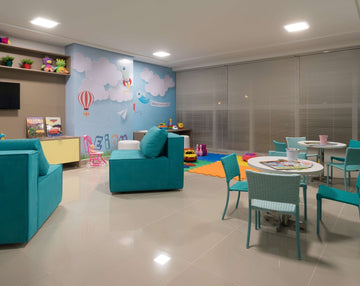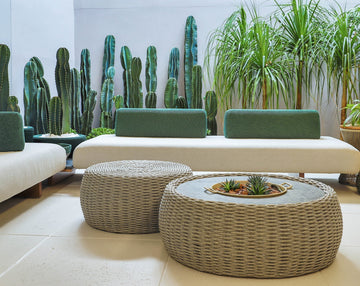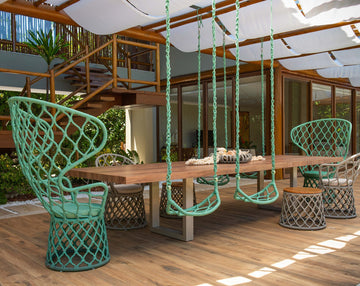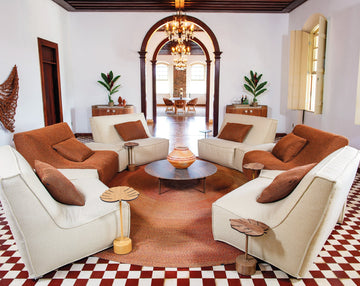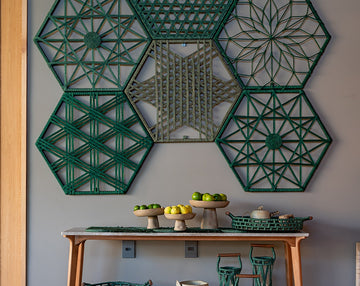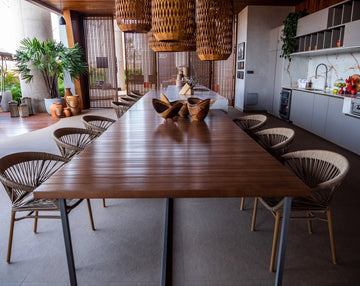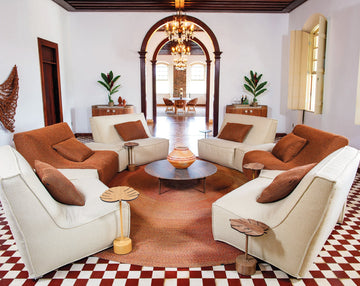Kids’ Playroom Design: How to Combine Fun, Comfort, and Safety for Children
A well-designed playroom is much more than bright colors and toys — it’s a space that sparks imagination, protects children’s health, and supports caregivers’ routines.
Below you’ll find a practical and comprehensive guide to designing a functional playroom — whether at home, in a corporate space, a clinic, or a commercial setting — with tips on layout, furniture, materials, and safety.
1. Define the Profile and Activity Zones
Before focusing on looks, ask: what ages will the playroom serve? Babies (under 2), toddlers (2–5), and school-age children (6–12) have very different needs.
Divide the area into functional zones:
- Free play zone: mats, blocks, and loose toys.
- Reading nook: soft poufs, low armchairs.
- Arts and crafts corner: tables at the right height.
- Motor development area: padded mats, small obstacles. Zoning keeps the room organized, reduces risks, and allows the space to grow with the child.
2. Comfort: Flooring, Lighting, and Furniture

Comfort means soft, safe surfaces and ergonomic furniture.
- Flooring: choose vinyl, rubber, or thick removable mats that cushion falls and are easy to clean.
- Lighting: favor abundant natural light, soft general illumination, and adjustable reading lamps. Avoid harsh or direct lights at a child’s eye level.
- Furniture: keep everything low and rounded — shelves and chairs at child height foster independence and prevent climbing accidents. Use washable, durable materials with smooth edges.
3. Structural and Surface Safety
Safety is non-negotiable. For spaces with climbing or tall furniture, follow best-practice safety standards for distances, impact surfaces, and anchoring.
Key steps:
- Anchor tall shelves and cabinets to the wall.
- Use outlet covers and drawer locks.
- Keep small objects away from children under 3 (choking hazard).
- Maintain clutter-free walkways — no loose rugs or exposed cords.
4. Materials and Finishes

Opt for durable, non-toxic materials: water-based paints with no VOCs, washable fabrics, and certified foam. For play areas, use flooring with good impact absorption and easy sanitization. In semi-outdoor or high-traffic spaces, check weather resistance and surface protection.
5. Organization and Flow
- Open shelves and labeled bins teach children to tidy up.
- Rotate toys to keep interest high and reduce clutter.
- Multifunctional furniture — storage benches, ottomans with compartments, or tables with drawers — keeps the space functional and engaging.
6. Mobility and Cleaning
Plan for washable surfaces and avoid plush fabrics in high-use zones. Provide a nearby sink or cleaning station for hands and toy hygiene.
7. Accessories That Make a Difference

- Modular, washable rugs.
- Firm poufs and cushions for reading areas.
- Chalkboards or washable paint walls.
- Lockable caster furniture for flexible layouts.
8. Corporate and Public Spaces
For clinics, corporate offices, or commercial venues, use professional-grade materials, display signage for recommended age groups, and ensure certified furniture with extended warranties.
Why Choose Tidelli

If you’re looking to combine design, durability, and versatility, Tidelli is the right choice.
The brand offers handcrafted furniture designed for residential, corporate, and commercial environments — ideal for spaces that require safety, comfort, and creativity.
Discover Tidelli collections that balance aesthetics and practicality, ensuring your playroom delights children while standing the test of time.
Explore all Tidelli products: click here.

